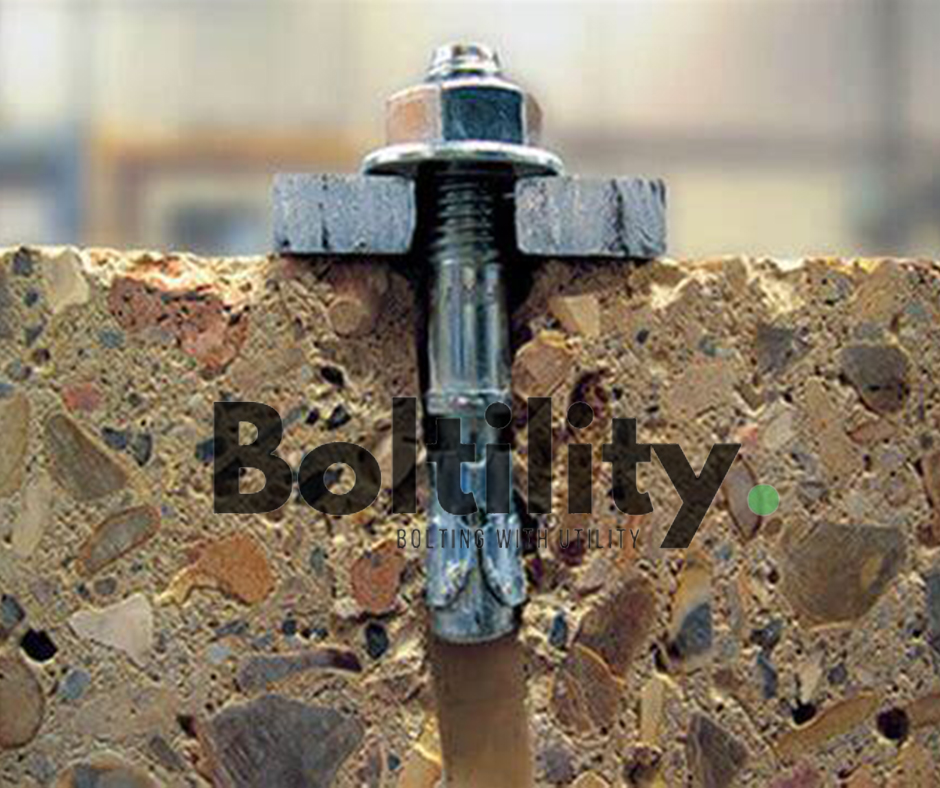Mechanical Anchor In the dynamic world of construction and engineering, where safety and structural integrity are paramount, the choice of fastening solutions plays a pivotal role. Among the diverse range of anchoring methods available, mechanical anchors stand out as reliable, versatile, and well-suited for a wide array of construction projects. This article explores the significance of mechanical anchors, their variations, and their essential role in modern construction.
The Essence of Mechanical Anchors:
Mechanical anchors are a type of fastening solution used to secure objects or structures to a base material, such as concrete, masonry, or stone. Unlike chemical anchors, which rely on adhesive properties, or wedge anchors, which utilize expansion for a tight fit, mechanical anchors establish a robust connection through friction and mechanical interlock.
Key Features and Variations:
- Expansion Anchors: These are perhaps the most common mechanical anchors. They consist of a threaded rod and a preassembled expansion shield. When the anchor is tightened, the shield expands, creating a secure grip within the base material.
- Sleeve Anchors: Sleeve anchors are versatile and well-suited for medium to heavy-duty applications. They consist of a threaded rod and a sleeve that expands when tightened, offering a dependable connection.
- Wedge Anchors: Wedge anchors are designed for heavy-duty applications. They include a threaded rod and an expansion clip that expands into the concrete, providing a secure and permanent connection.
- Drop-In Anchors: Drop-in anchors are simple and effective for medium-duty applications. They are installed flush with the surface and provide a reliable grip when a threaded bolt is inserted.
Significance in Modern Construction:
- Safety and Stability: Mechanical anchors are known for their reliable and robust connections, ensuring the safety and stability of structures in both residential and commercial construction.
- Versatility: With various types and sizes available, mechanical anchors can be tailored to suit a wide range of applications, from anchoring equipment in factories to securing heavy-duty machinery in construction sites.
- Ease of Installation: Mechanical anchors are relatively easy to install, making them a preferred choice for professionals. The installation process typically involves drilling a hole, inserting the anchor, and tightening it with a wrench or socket.
- Durability: Mechanical anchors are designed to withstand the test of time. Their robust construction and corrosion-resistant materials make them ideal for both indoor and outdoor applications.
Conclusion:
Mechanical anchors are an essential component in modern construction. Their reliability, versatility, and ease of installation make them indispensable for securing structures, machinery, and equipment in a wide range of applications. When it comes to safety and structural integrity, mechanical anchors provide the strength and stability required in the ever-evolving world of construction. As the industry continues to advance, mechanical anchors remain a cornerstone of safety and dependability in structural fastening.

